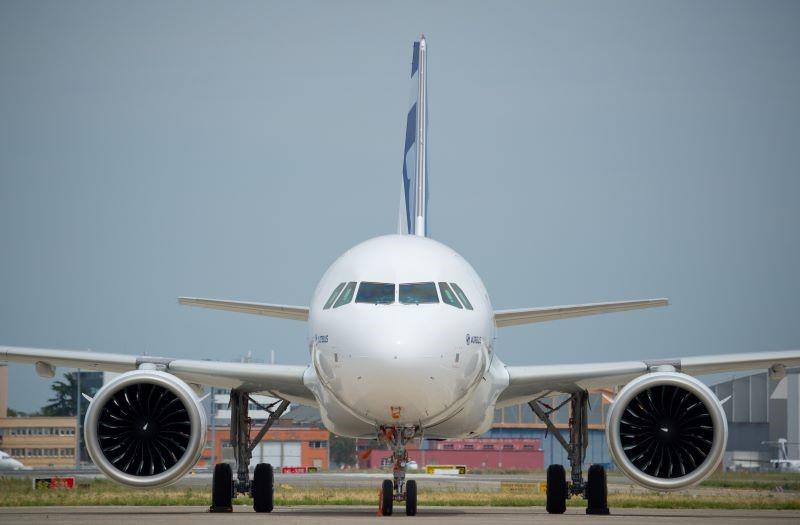
Credit: Airbus - Herve Gousse
Groundings and wing-to-wing turnaround times (TATs) of Pratt & Whitney PW1000G geared turbofans that require inspections for parts at risk of having contaminated material remain consistent with company projections, RTX CEO Chris Calio said. “There’s no change to our [airplane on ground, or AOG] peak...
Subscription Required
Pratt & Whitney: GTF Inspection Plan Metrics Remain Steady is published in Aviation Daily, an Aviation Week Intelligence Network (AWIN) Market Briefing and is included with your AWIN membership.
Already a member of AWIN or subscribe to Aviation Daily through your company? Login with your existing email and password
Not a member? Learn how to access the market intelligence and data you need to stay abreast of what's happening in the air transport community.





